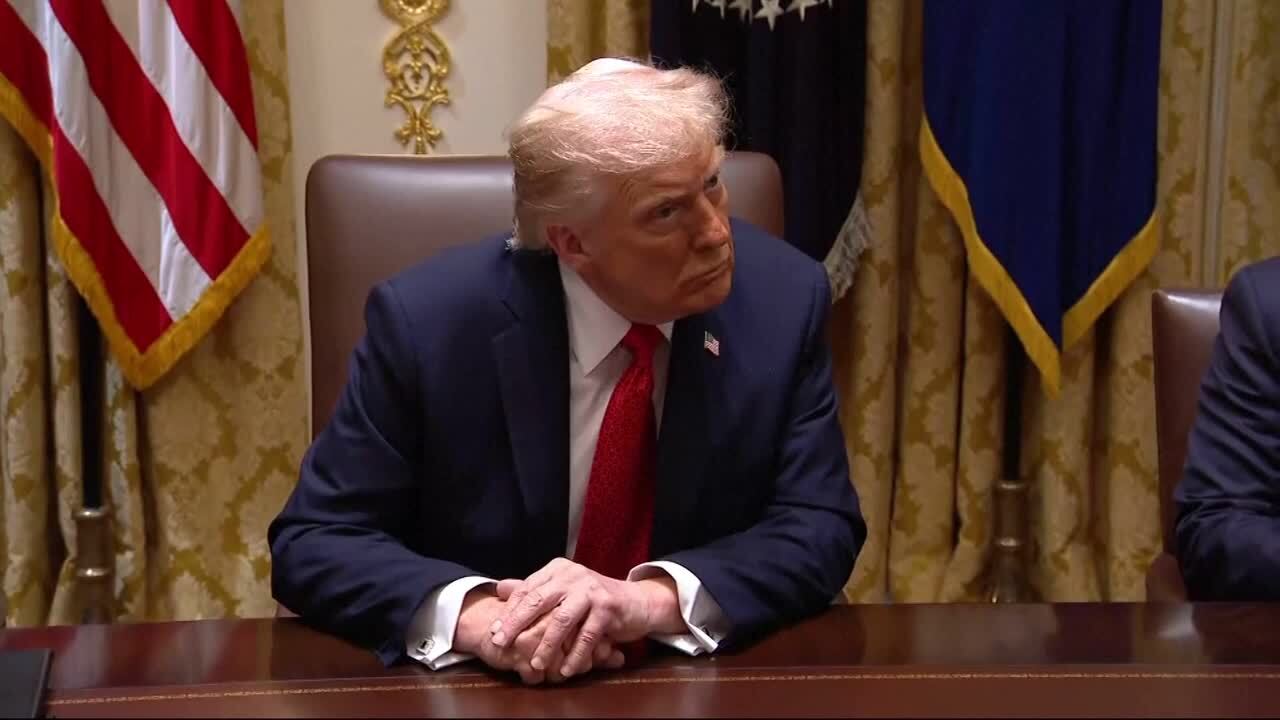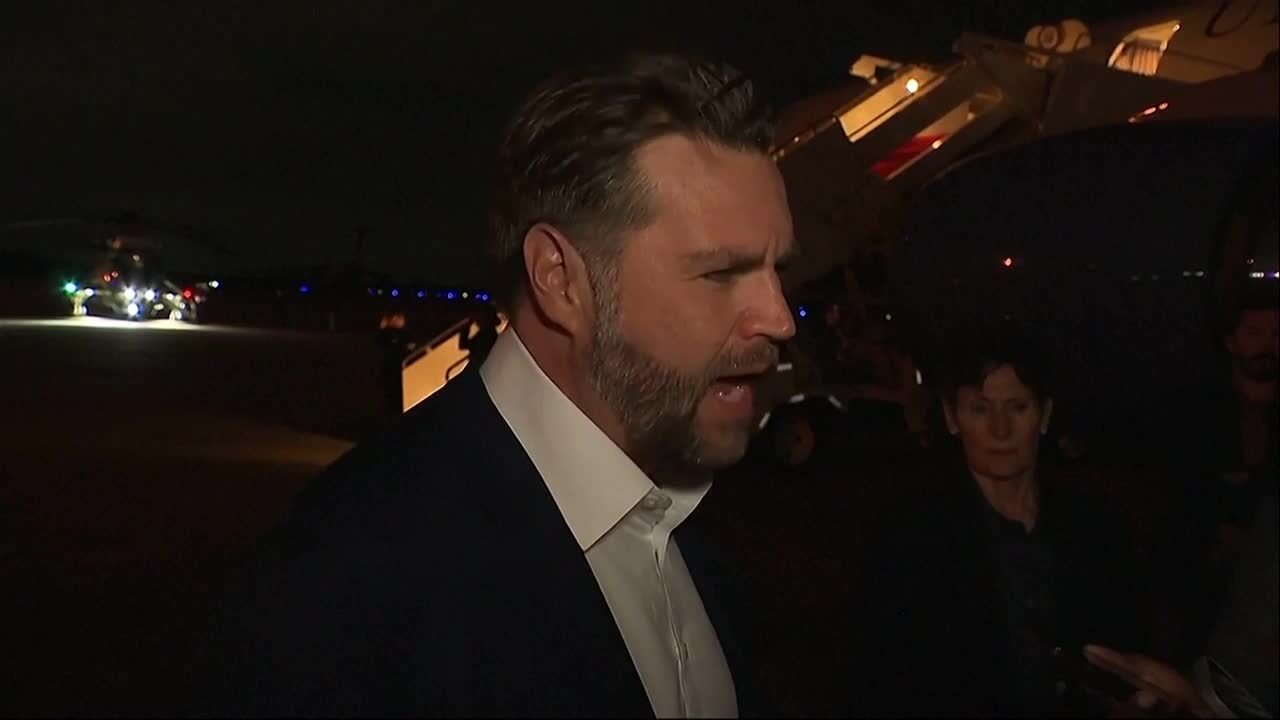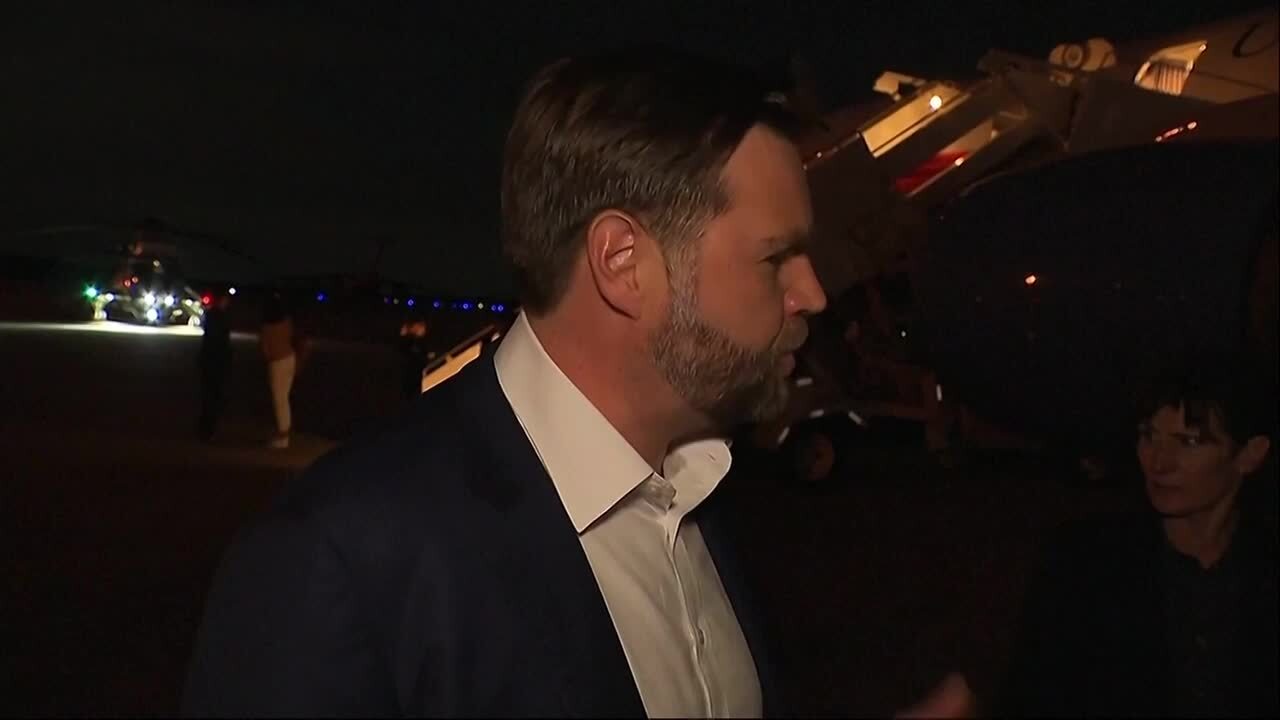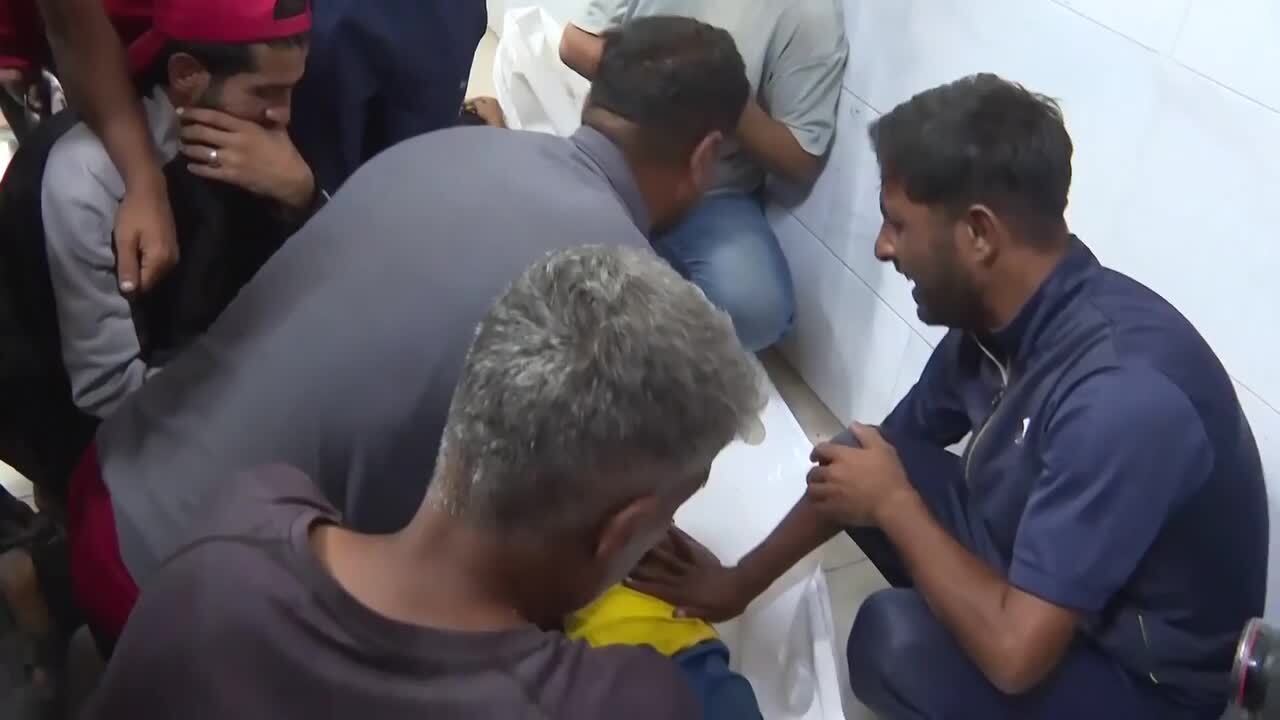It might come as a surprise to some, but for most of the Cold War, Hollywood never really depicted what might actually happen to Americans if the Soviet Union suddenly nuked the United States. Sure, they did emergency drills in schools and likely saw photos of Nagasaki and Hiroshima, but it was a 1983 made-for-television movie starring Steve Guttenberg and John Lithgow that changed how many Americans felt about the looming prospect of a nuclear war.
"The Day After" aired on Nov. 20, 1983, and bluntly showed everyday Americans going about their lives before getting vaporized to the bone by a Soviet intercontinental ballistic missile, or ICBM, as they ran in vain for the nearest fallout shelter. More than 100 million people watched Kansas and Missouri get suddenly and violently obliterated -- and they didn't handle it well.
Nearly 40 years later, director Nicholas Meyer (who is also responsible for all the good "Star Trek" movies featuring the original cast) is back to warn us again about the danger posed by nuclear weapons and how the world is currently teetering on the edge of destruction. This time, he's doing it through a new documentary, "How to Stop a Nuclear War" based on the book "Doomsday Machine: Confessions of a Nuclear War Planner" by famed Pentagon Papers whistleblower Daniel Ellsberg.
In "The Day After," NATO forces in Europe go to war with the Soviet Union and its Warsaw Pact allies. Meanwhile, families in and around Kansas City are going about their everyday lives; what's going on in the news is somewhere in the background. Then the fighting in Europe suddenly escalates into a full nuclear exchange.

A mushroom cloud appears over Kansas City, citizens are vaporized and the latter half of the movie pretty much depicts everyone from the first half dying from radiation poisoning. It's a grim scene. The movie ends with a disclaimer: A real nuclear war would have been much worse. Americans were understandably shaken to their core. They were scared, and "The Day After" changed the way most of the country felt about nuclear weapons and U.S.-Soviet relations. One American in particular was so shaken, he decided to do something about it.
In his autobiography, President Ronald Reagan wrote that the movie deeply affected him and helped change his mind about nuclear war. Four years after "The Day After" aired, Reagan and Soviet leader Mikhail Gorbachev signed the Intermediate-Range Nuclear Forces Treaty, reducing both countries' stockpiles.
Before he died in June 2023, Ellsberg, a former military analyst for Rand Corp. think tank, told "How to Stop a Nuclear War" director Paul Jay of the "institutional madness" of American nuclear war plans and how the Russian invasion of Ukraine has left the world a more dangerous place. His book, "Doomsday Machine: Confessions of a Nuclear War Planner," reveals that madness is a real U.S. "doomsday machine" nuclear policy, one created by Rand Corp.
First conceived in 1961, the policy was one that would kill half a billion people in a nuclear strike. The resulting smoke in the stratosphere would have absorbed the sun, creating a nuclear winter that killed harvests and, eventually, everyone else on Earth, according to Ellsberg. The danger of a nuclear winter and mass extinction of the human race, he said when "Confessions of a Nuclear War Planner" was published, still exists 40 years after “The Day After” first aired.
"That's insane," Ellsberg told PBS' Chicago Tonight in 2017. "But people aren't aware of it, so I'm trying to awaken them from this sleepwalking toward an abyss."
Whether Jay and Meyer's upcoming documentary "How to Stop a Nuclear War" will have an effect on whoever occupies the White House after its release is anyone's guess. But if it's anything like "The Day After," it will likely have an effect on the rest of us.
-- Blake Stilwell can be reached at blake.stilwell@military.com. He can also be found on Facebook, X or on LinkedIn.
Keep Up With the Best in Military Entertainment
Whether you're looking for news and entertainment, thinking of joining the military or keeping up with military life and benefits, Military.com has you covered. Subscribe to the Military.com newsletter to have military news, updates and resources delivered straight to your inbox

















